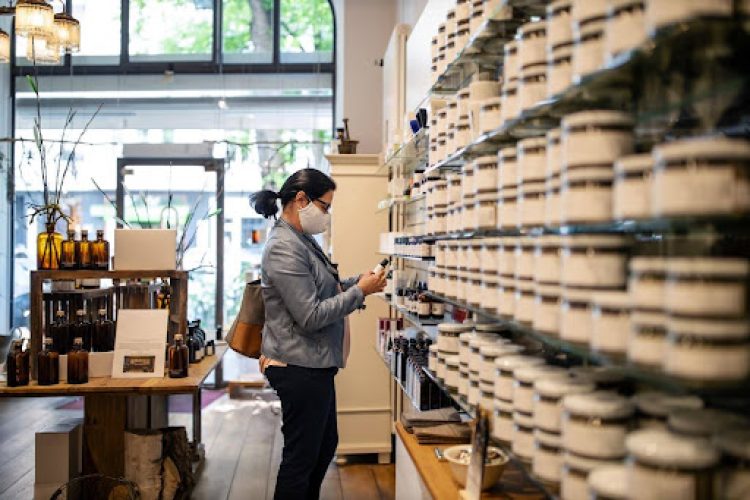Retail theft remains a major challenge for businesses of all sizes. While every store faces some level of risk, certain areas inside and around a shop are more vulnerable to theft than others. Identifying these hotspots and the reasons behind them is essential for reducing losses and creating safer retail environments.
Entry and Exit Points
The front door is often the busiest area of any store, which makes it a prime spot for shoplifters. High foot traffic creates distractions that make it easier to conceal stolen goods. Some thieves simply walk out with unpaid merchandise, hoping the flow of customers provides cover. Inadequate surveillance or poorly positioned staff at these points can increase vulnerability.
Anti-theft systems such as electronic article surveillance gates can deter theft, but their effectiveness depends on installation and maintenance. Positioning staff members or business security guards near exits not only deters potential offenders but also reassures customers.
Fitting Rooms and Restrooms
Private or semi-private areas like fitting rooms are well-known theft hotspots. Shoplifters often use these spaces to remove tags, conceal items under clothing, or switch packaging. Restrooms can also be misused for hiding merchandise or discarding security devices.
Limiting the number of items allowed in fitting rooms, training staff to monitor use, and employing discreet checks can significantly reduce risks. Retailers that use locked fitting room systems or require tokens for entry often report fewer incidents.
Aisles With Small, High-Value Goods
Certain product categories attract more theft than others. Cosmetics, electronics accessories, over-the-counter medications, and jewelry are common targets because they are small, easy to conceal, and relatively expensive. Aisles with these products often see repeated theft attempts.
Strategic store layout can make a difference. Keeping high-value items closer to staffed counters or positioning mirrors to eliminate blind spots can deter theft. Retailers should also rotate displays to prevent shoplifters from becoming too familiar with product placement.
Blind Spots in Store Layout
Any location with limited visibility creates opportunities for theft. Corners, tall shelving units, or poorly lit areas are common problem zones. Shoplifters look for places where they can avoid direct sightlines and act unnoticed.
Improving lighting, rearranging shelving for better visibility, and installing security cameras are effective strategies. Staff training also plays a critical role. Employees who know where these blind spots exist are better prepared.
Checkout Areas
Surprisingly, the checkout line can be another hotspot. Some customers use distraction techniques to conceal items while paying for others. Others may rely on the chaos of busy checkout times to slip unpaid goods past the register.
Close supervision during peak hours and point-of-sale systems that flag irregularities can reduce these incidents. Many retailers also train cashiers to look out for behaviors such as avoiding eye contact, rushing through checkout, or placing items in personal bags before paying.
Addressing shoplifting requires a mix of technology, training, and smart store management. Businesses that act proactively not only protect their merchandise but also create safer spaces for employees and customers alike. Check out the infographic below to learn more.

